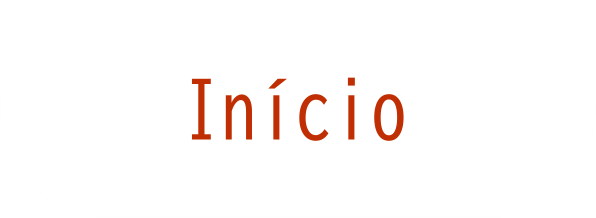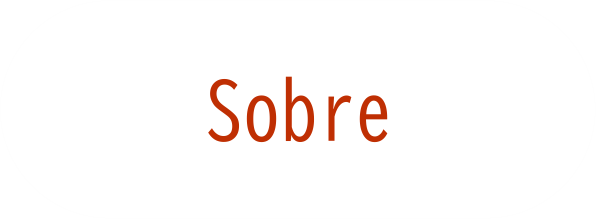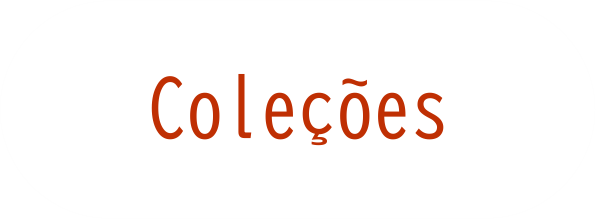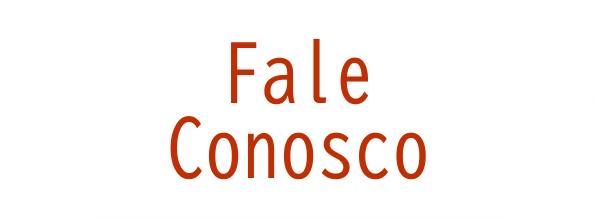Laboratory trials of fatty acids as repellents or antifeedants against houseflies, horn flies and stable flies (Diptera: Muscidae)
Autor(es): Mullens, Bradley A.; Reifenrath, William G.; Butler, Sarah M.
Resumo: Straight-chain, saturated fatty acids (particularly C8, C9 and C10) have some known behavioral effects on insects such as mosquitoes, and were tested in combination for potential repellency/antifeedant activity in bioassays against three significant muscoid flies of medical/veterinary importance: houseflies, horn flies and stable flies.RESULTS: Mixtures of C8, C9 and C10 (1 : 1 : 1; 15% total actives in formulation) were highly repellent to houseflies and horn flies at or below 1 mg formulation cm(-2). Repellency time varied from <1 day for houseflies to usually at least 3 days for horn flies. Individual longer-chain-length fatty acids were tested, and C11 repelled houseflies for up to 5-8 days, while C12 lasted 2 days. Minimum statistically significant repellency levels of the C8, C9 and C10 mixture (3 h after application) against horn flies were 0.06-0.12 mg cm(-2). A liquid formulation of the 15% C8, C9 and C10 mixture in a silicone oil carrier (at 2.8 mg Al cm(-2)) was highly repellent against hungry stable flies in a blood-feeding membrane bioassay for at least 8 h.CONCLUSION: The low toxicity and reasonable activity and persistence of these carboxylic acids make them good candidates for development as protective materials against pest flies in livestock settings. (C) 2009 Society of chemical Industry
Palavras-Chave: Musca Domestica; Stomoxys Calcitrans; Haematobia Irritans; Repellent; Fatty Acids
Imprenta: Pest Management Science, v. 65, n. 12, p. 1360-1366, 2009
Identificador do Objeto Digital: 10.1002/ps.1823
Descritores: Aedes aegypti - Repellent
Data de Publicação: 2009

